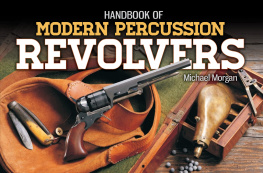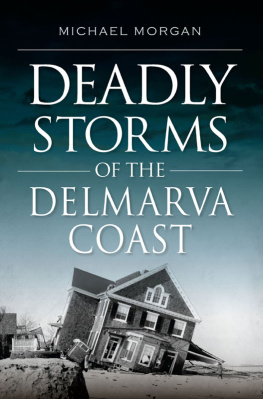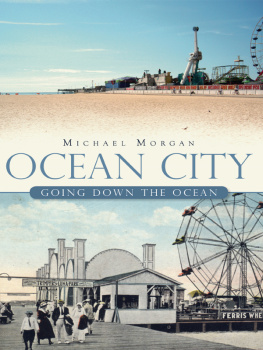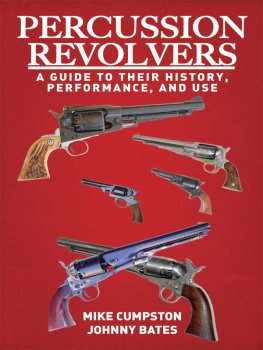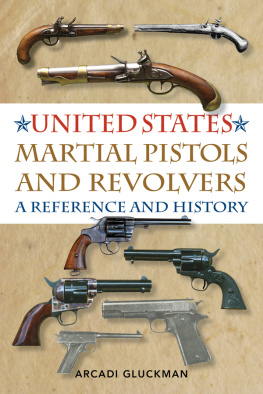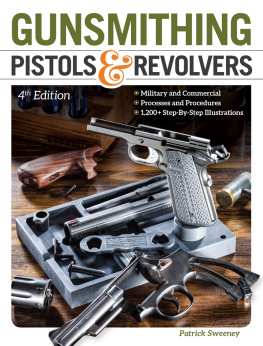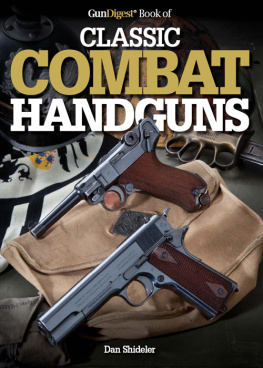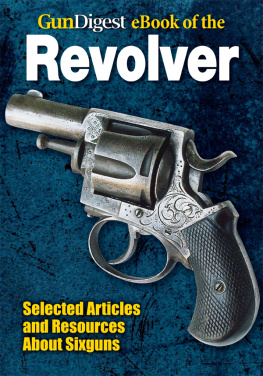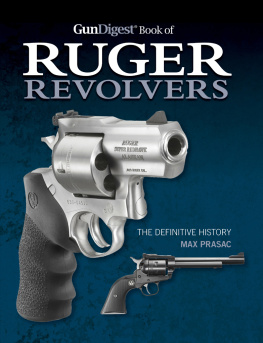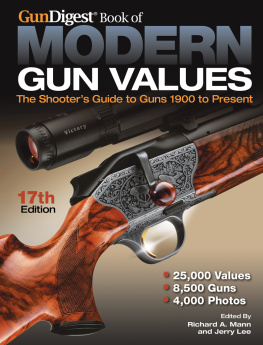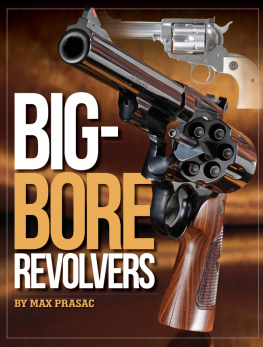Thank you for purchasing this Gun Digest eBook.
Sign up for our newsletter and receive special offers, access to free content, and information on the latest new releases and must-have firearms resources! Plus, receive a coupon code to use on your first purchase from GunDigestStore.com for signing up.
or visit us online to sign up at
http://gundigest.com/ebook-promo
HANDBOOK OF MODERN PERCUSSION REVOLVERS

Michael Morgan
TABLE OF CONTENTS
INTRODUCTION
Samuel Colt patented the percussion, or cap and ball, revolver, in 1835. While it is true that several forms of revolving firearms had been around prior to Colts first revolving pistol, Colts design had reached a tolerable state of perfection at a critical moment, and history would never be the same.

A cased Colt Paterson Revolver with accessories. The Paterson was the first revolver commercially manufactured by Colts. (Photo courtesy Heritage Auctions)
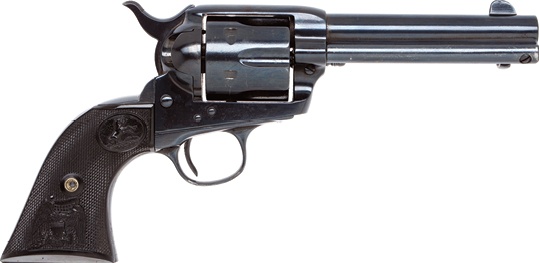
The Colt Single Action Army. Commonly referred to as The Peacemaker. It was introduced in 1873 and is still in limited production. (Photo courtesy Heritage Auctions)
Hollywood and dime novels put Colts 1873 Model P Single Action Army, The Peacemaker, in every holster of the Old West. The truth is very different. Name almost any real life Old West personality, on either side of the law, and chances are good that person carried a percussion revolver at some point in their life.
By the time the Colt Peacemaker was introduced, most of the great westward migration had already occurred. Texas had won its independence from Mexico and joined the United States. The Mexican-American War was won. The California gold rush was over. The War of Southern Independence had been fought. The Pony Express had come and gone. The Transcontinental Railroad was old news. The majority of the revolvers carried by the participants in all these great endeavors were percussion revolvers made by Colts, Remington, Star, Spiller Burr, Whitney, and a few others.
Though the percussion revolver is most closely associated with the Western Frontier, it was also the state of the art in medium- and large-bore repeating handguns across America and Europe. Personal-defense options prior to Colts Paterson revolver were pretty limited to one or more single-shot muzzleloading pistols, Bowie knives, tomahawks, and swords. The percussion revolvers were reliable and easy to carry in a belt scabbard or simply tucked into the waistband or a pocket. The firepower inherent in a brace (pair) of revolvers went a long way toward evening the odds in a self-defense situation.

Buffalo Bills revolver: To Charlie Carrie Trego. This old Remington revolver. I carried and used for many years in Indian Wars and Buffalo killing. And it never failed me. WF Cody Dec 13th 1906 (Photos and text courtesy Heritage Auctions)
Modern shooters who try blackpowder shooting usually find it to be a quaint way to touch the past or to add some extra hunting time by participating in the blackpowder-only seasons. Some take to it in a big way and join the buckskinner family, participating in living history, re-enacting, and competition. To that end, the sport of Cowboy Action Shooting has created a new surge of interest in the percussion revolver. Regardless why the shooter picks up a percussion revolver, one fact remains. For 170 years, the percussion pistol has proven itself to be a reliable companion when the chips are down, and it is still an accurate and effective weapon in the hands of a person who knows how to use one. These guns are fully capable of taking small game and defending the homestead. All it takes is a little knowledge and practice.

A Colt Model 1855, 7th Type Root Sidehammer Percussion Revolver. The Root model sidehammers were an offshoot of Colts original design. Unlike the more commonly known models, the Root models hammer attached to the outside of the frame, and the frame has a topstrap, as seen on Remington revolvers of the period. Sadly, the Root sidehammer is almost never seen in replica form. (Photo courtesy of Heritage Auctions)
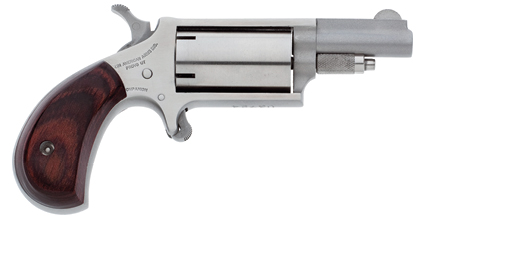
North American Arms .22 Cap and Ball Revolver. North American Arms manufactures completely modern .22-caliber percussion revolvers in stainless steel. These single-action revolvers are compatible with many accessories that fit other North American Arms mini-revolvers. (Photo courtesy of Heritage Auctions)
Most modern literature on the percussion revolver is historical in nature, rather than practical. This book is an attempt to pass along real how to information for the owner of percussion revolvers. As such, much of the anecdotal and historical information commonly available will be dispensed with, giving way to a focus on how the working mechanics, loading, cleaning, diagnosis of potential problems, and easy repairs the owner can perform on percussion revolvers, all with minimum tools.
The War of Southern Independence, as some refer to the American Civil War, refers to the conflict between the Confederate States of America and the United States of America. Hostilities lasted from 1861 to 1865. This conflict resulted in the deaths of over 600,000 valiant men on both sides. The outcome of this period of American history still influences politics in the twenty-first century, and detailed study of this event and its aftermath is strongly encouraged by the author.
CHAPTER ONE:
PARTS AND TERMINOLOGY
FRAME STYLES
The frame is the main part of the pistol to which everything else attaches. Revolvers have two frame styles, closed-top and open-top. A closed-top frame forms a complete enclosure around the cylinder. The bar of metal that forms the top of the frame is referred to as the topstrap. An open-top frame lacks this topstrap above the cylinder. The following pictures show the two different frame styles.
Closed-top frames have a reputation for being more durable than open-top frames, because the sections of the frame arent separated every time the weapon is cleaned, plus the entire frame resists the stresses caused by firing the weapon. Disassembly causes wear on the parts, and the frame pins of open-top frames can become loose. Open-top frames also have a reputation for being less accurate, because the rear sight of an open-top pistol consists of a small notch in the nose of the hammer. The rear sight for a closed-top pistol is a notch in the topstrap.

